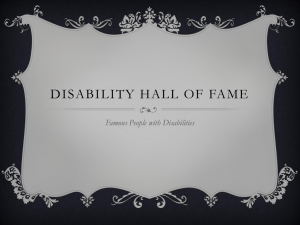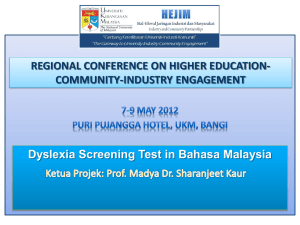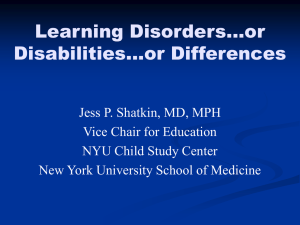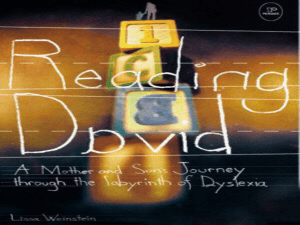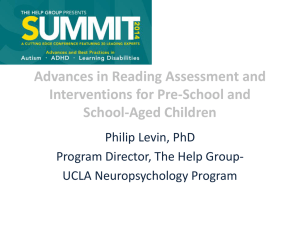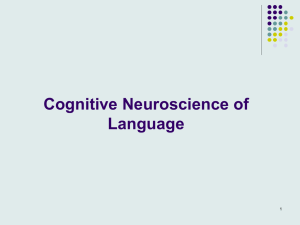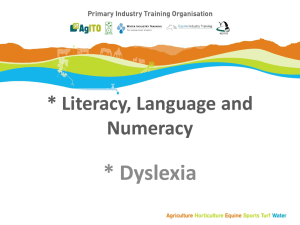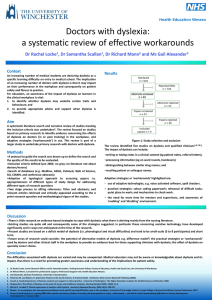BTS Presentation-New Legislation SLD
advertisement
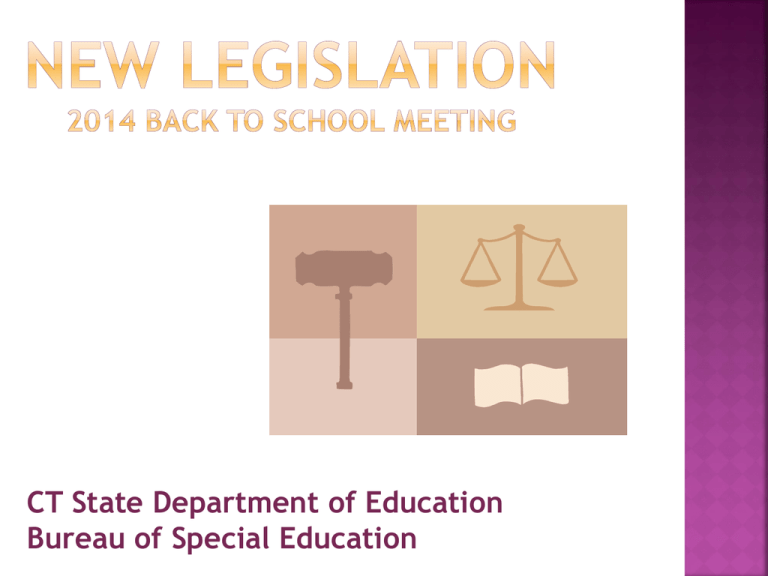
CT State Department of Education Bureau of Special Education An Act Establishing the Office of Early Childhood, Expanding Opportunities for Early Childhood Education and Concerning Dyslexia and Special Education Not later than January 1, 2015, the Department of Education shall add "SLD Dyslexia" under "Specific Learning Disabilities" in the "Primary Disability" section of the individualized education program form used by planning and placement teams for the provision of special education and related services to children requiring special education and related services. On and after July 1, 2006, any program of teacher preparation leading to professional certification shall include, as part of the curriculum, instruction in literacy skills and processes that reflects current research and best practices in the field of literacy training. Such instruction shall (1) be incorporated into requirements of student major and concentration, and (2) on and after July 1, 2015, include the detection and recognition of, and evidence-based interventions for, students with dyslexia. Assembled an internal Specific Learning Disabilities/Dyslexia (SLD/Dyslexia) advisory group to address the requirements of the legislation and consider the needs of the field regarding the upcoming change in the “Primary Disability” section of the IEP document. Compiled an external SLD/Dyslexia Workgroup comprised of a wide range of stakeholders that will begin meeting monthly in the fall to develop statewide guidance and recommendations. Revise IEP document to include “SLD/Dyslexia” in the Primary Disability section on page one Revise IEP Manual Communicate with electronic IEP vendors Revise SEDAC data collection file layout Explore issues surrounding the identification and instruction of students with SLD/Dyslexia Review and identify a shared understanding and definition of “dyslexia” Review pertinent legislation and implementation practices from other states Identify evidence-based practices for the screening, identification, and instruction of students with SLD/Dyslexia 1. Who can identify a child with a Specific Learning Disability (SLD)/Dyslexia? 2. What is a comprehensive evaluation for a child suspected of having SLD/Dyslexia? 3. Is a child identified with SLD/Dyslexia automatically qualified for special education services? 4. What is appropriate specialized instruction for a student with SLD/Dyslexia? October 1 – Dissemination to Field & Vendors: Revised page 1 – (“SLD/Dyslexia” under Primary Disability) Revised page 12 – changes in data collection fields Revised IEP Forms: • ED 625 – Notice and Consent to Conduct an Initial Evaluation • ED 627 – Notice and Consent to Conduct a Reevaluation NEW IEP Form – ED 626 – Consent for Special Education Placement Revised Smarter Balanced Supports/Accommodations Form IEP Manual updates – December 2014 Spanish IEP updates – October/November 2014 IEP Facilitation Training for SpEd Directors – September 30 and October 1, 2014



